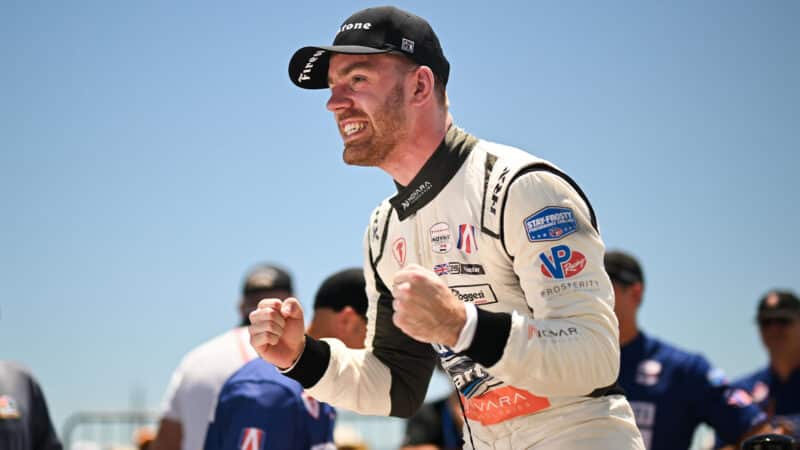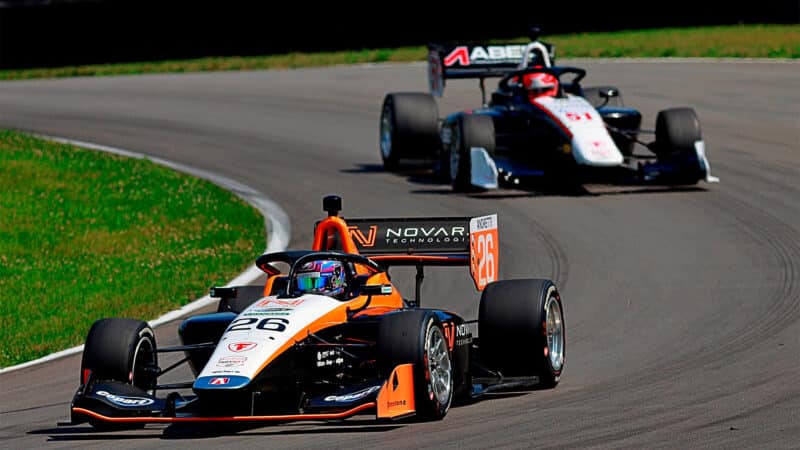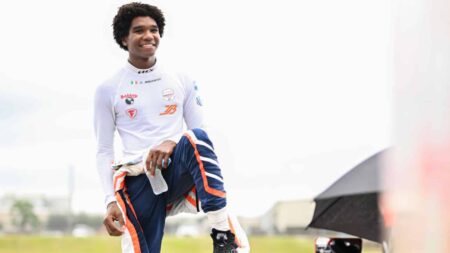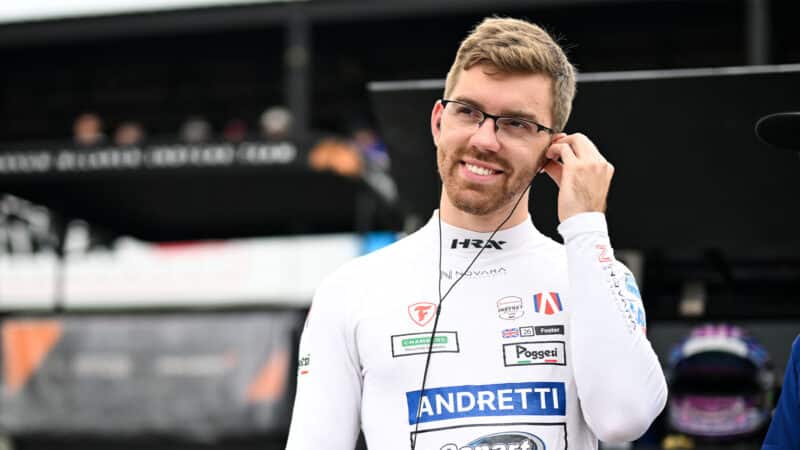“Obviously, money doesn’t come out of thin air, but F1 doesn’t do as good of a job as IndyCar does with supporting young talent. If you win here, you’re valued a lot more.”
There’s strong evidence to support Foster’s claim, with Drugovich and Pourchaire – 14 F2 race wins between them – still waiting for a chance.
“That doesn’t sit right,” says Foster. “They’ve worked all their lives to get to this point, and they’ve won the championship that’s supposed to get them in and they’re now just sitting on the sidelines.”
Significantly, others have made the switch from Europe to America and reaped the rewards. Swede Linus Lundqvist gave up on his F1 dreams and dominated US junior categories. He was snapped up by top IndyCar team Ganassi for 2024. Meanwhile former F2 frontrunner Christian Lundgaard has now been signed by McLaren for its 2025 IndyCar line-up after winning in Toronto last year. Pourchaire has made a number of substitute appearances for Zak Brown’s squad too.
Foster says the nature of the competition allows talented drivers to show what they can do.
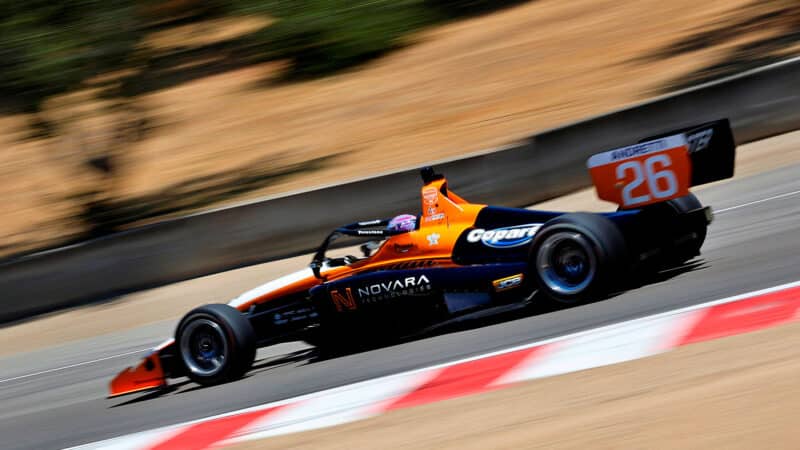
Foster – seen here rocketing through the famous Corkscrew corner at Laguna Seca – has adapted brilliantly to a new racing culture
IndyCar
“I also really like the racing itself,” he emphasises. “I know people in Europe can look down on American racing, but I think in recent years people have started to kind of realise that it is very competitive.
“At the Iowa double-header recently, everyone thought Newgarden would dominate, but in the first race he was nowhere. The action is very good compared to F1.”
For a confident kid like Foster, who compares his considered driving style to Alain Prost, jumping into the swashbuckling nature of US racing has suited him, as borne out by the seven race wins and championship crown in his debut year on American soil.
“It’s much more fun racing and much better to watch”
“Going from very precise European teams, and then going over to America, it’s a little bit different!” he laughs about the more laidback Stateside approach.
“But you learn to get used to the difference and once you have, it’s actually quite a lot of fun.”
Its not just the racing habits, more relaxed stewarding and fluid nature of the driver market which suits Foster – he says the very tyres the championships run on encourages better racing. He adapted quickly.
“The [Firestone] compound is a bit harder than the European tyre, because the sidewall doesn’t flex as much, it has less peak grip. The grip lasts for longer, and you slide the car around a lot more,” Foster explains.
